Collecting fuchsia seeds is a rewarding process that allows you to grow new plants and expand your garden with diverse varieties. Fuchsias produce beautiful, vibrant flowers, and propagating them from seeds provides an opportunity to experiment and potentially cultivate unique hybrids.
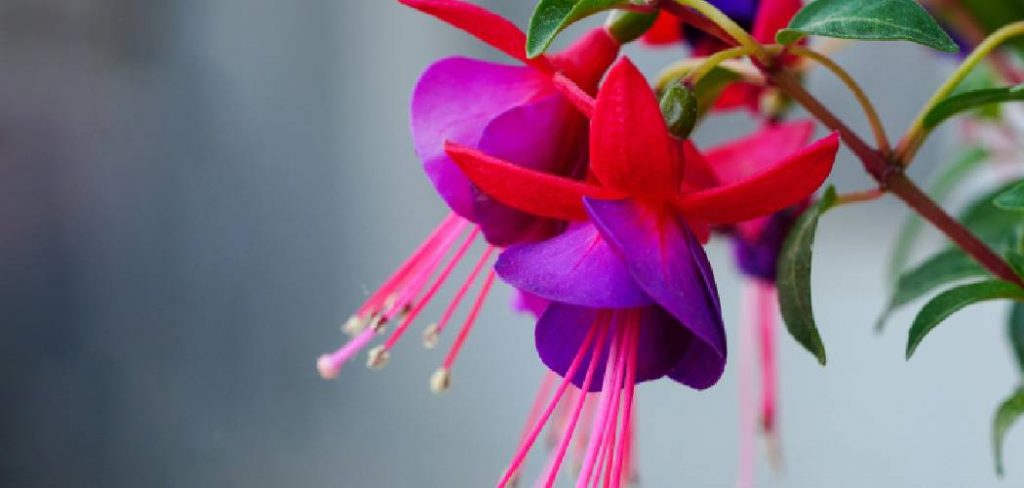
Whether you are a gardening enthusiast or a beginner, understanding how to collect and handle fuchsia seeds is an essential step in fostering the growth of these stunning plants. In this article on how to collect fuchsia seeds in Markdown format, we will cover the following topics:
Benefits of Collecting Fuchsia Seeds
Collecting fuchsia seeds offers numerous benefits for gardeners of all experience levels. One significant advantage is the potential to cultivate unique and hybrid varieties, allowing you to create one-of-a-kind plants with distinct colors and traits.
Additionally, growing fuchsias from seeds can be a cost-effective way to expand your garden, as it reduces reliance on purchasing new plants. It also provides a rewarding experience, as nurturing plants from seeds to maturity deepens your connection with the natural growth process. Furthermore, seed collection promotes sustainability by encouraging the preservation and propagation of diverse fuchsia species within your garden.
When to Collect Fuchsia Seeds?
The best time to collect fuchsia seeds is during late summer to early fall, once the flowers have been pollinated and the seed pods have fully formed. Look for ripened seed pods, which typically develop after the flowers fade and should feel slightly plump to the touch.
The pods change color, often darkening or deepening in hue, signaling that the seeds inside are mature. It’s important to harvest the seeds before the pods naturally split or fall off, as this ensures you don’t lose them to the soil. Always choose a dry day for collection to avoid excess moisture, which can affect seed viability during storage.
Tools and Materials Needed
Sharp Scissors or Pruners:
Use a pair of clean, sharp scissors or pruners to carefully snip the seed pods from the plant. This ensures a precise cut that minimizes damage to the plant and helps preserve the integrity of the seeds. Be sure to sanitize your tools before and after use to prevent the spread of disease between plants.
Paper Bags or Envelopes:
Once you have collected the seed pods, place them in a paper bag or envelope for further drying and storage. These materials allow air circulation and prevent excess moisture build-up. Make sure to label each bag or envelope with the plant species, collection date, and any other relevant information to keep track of your seeds.
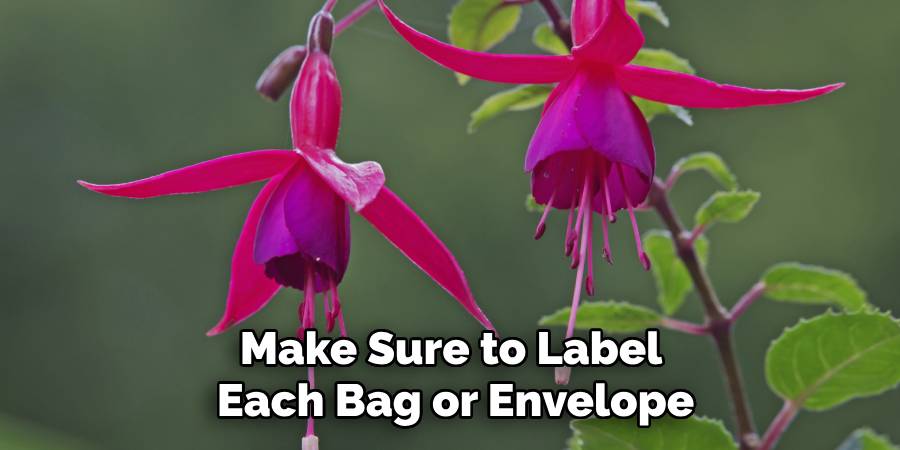
Mesh Screens or Sieves:
For plants that produce small seeds, it can be helpful to use a mesh screen or sieve to separate the seeds from any remaining plant material. This will ensure that only clean, viable seeds are stored for future use.
Cool, Dry Place:
Store your collected seeds in a cool, dry place to help maintain their viability. Avoid storing them in areas with high humidity or fluctuating temperatures, as this can reduce the longevity of your seeds.
Seed Viability:
It’s important to keep in mind that not all seeds have the same lifespan. Some may only be viable for a few months, while others can last several years. Be sure to research the specific seed species you are collecting and their expected viability period.
Regularly Monitor:
To ensure that your stored seeds remain viable, it’s important to regularly monitor them for any signs of mold or pests. If you notice any issues, remove those affected seeds immediately to prevent them from spreading to the rest of your collection.
8 Simple Steps on How to Collect Fuchsia Seeds
Step 1: Identify the Type of Fuchsia
Before collecting seeds, it is crucial to identify the specific type of fuchsia plant you are working with. Fuchsia plants come in many varieties, including hardy, trailing, and upright species, each with unique characteristics.
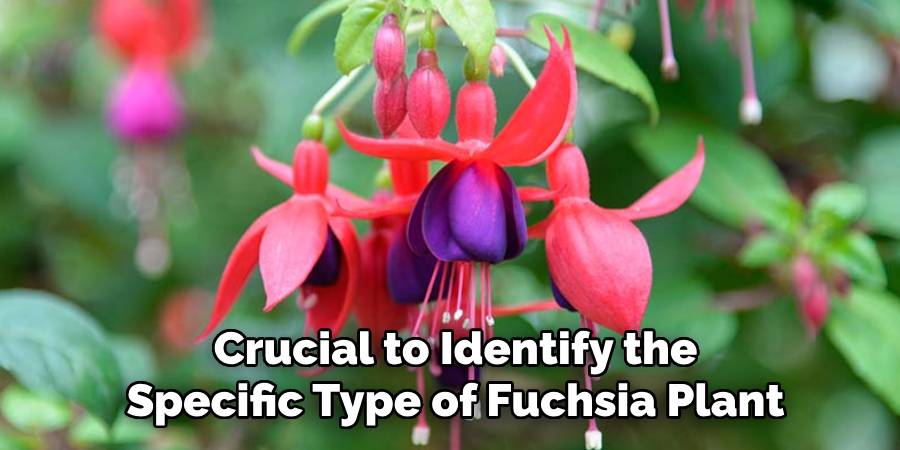
Knowing the type will help you determine the best time to collect seeds and understand the potential traits of the offspring. Take note of the plant’s flower shape, color, and growth habit to confirm its variety. If you are unsure, consult a gardening guide or an expert for accurate identification.
Step 2: Collecting Seeds
Once you have identified your fuchsia plant, it is time to collect the seeds. The best time to do this is in the fall when the seed pods are fully mature and starting to turn brown. This usually occurs around 2-3 weeks after the flowers have fallen off the plant.
To collect the seeds, gently remove a few of the dried seed pods from the plant using your fingers or small pruning shears. Place them in a labeled envelope or container and store them in a cool, dry place until you are ready to sow them.
Step 3: Preparing for Sowing
Before sowing your fuchsia seeds, it is important to prepare both the seeds and the growing environment. Begin by inspecting the collected seeds for any signs of damage or disease, discarding any that appear discolored or shriveled. Next, fill small seed trays or pots with a well-draining seed starter mix, ensuring the soil is slightly moist but not waterlogged.
It’s also beneficial to sterilize the soil beforehand by baking it at a low temperature to prevent fungal growth. Place the trays or pots in a location that provides bright, indirect light, and maintain a consistent temperature of around 70°F (21°C) to promote optimal germination. Proper preparation will set a strong foundation for healthy fuchsia seedlings.
Step 4: Planting Fuchsia Seeds
Once your soil is ready and the seeds have been prepared, it’s time to plant the fuchsia seeds. Make sure to gently press the seeds into the soil without burying them too deeply. A good rule of thumb is to plant them at a depth of about 1/8 inch (3 mm).
After planting, lightly water the soil and cover the tray or pot with a clear plastic lid or plastic wrap, creating a mini greenhouse effect. This will help retain moisture and create a warm environment for germination.
Step 5: Germination
Fuchsia seeds can take anywhere from one to three weeks to germinate, depending on the variety and growing conditions. During this time, it is important to keep the soil consistently moist but not waterlogged.
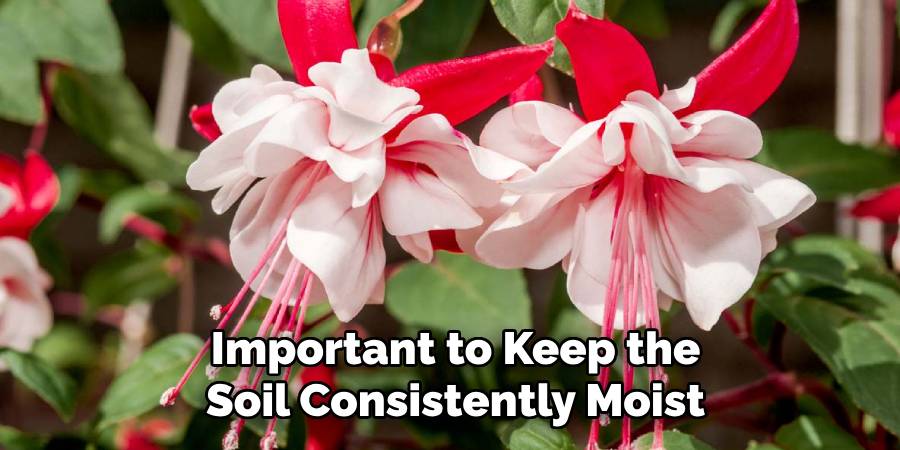
Once the seeds have sprouted, remove the lid or plastic wrap and provide a source of light for at least 8 hours a day. A bright but indirect light source is ideal for fuchsia seedlings. As the seedlings grow, be sure to keep them well-watered and fertilize every two weeks with a diluted liquid fertilizer. When they have developed a few sets of true leaves, it is time to thin out any overcrowded areas by gently removing excess seedlings from the tray or pot.
Step 6: Transplanting
When your fuchsia seedlings are about 3-4 inches tall, it’s time to transplant them into individual pots. Use a well-draining potting mix and make sure the pot has drainage holes at the bottom. Gently remove the seedlings from their tray or pot, being careful not to damage the fragile roots.
Place each seedling in its own pot, ensuring that the soil level is the same as it was in the original container. Water thoroughly after transplanting and continue to care for your fuchsia plants by providing adequate sunlight, water, and fertilizer.
Step 7: Harden Off
Before planting your fuchsia plants outdoors permanently, it is important to harden them off. This process gradually exposes them to outdoor conditions such as wind and sun, preventing shock or damage to the plants.
To harden off your fuchsia plants, place them in a sheltered outdoor location for a few hours each day, gradually increasing the time they spend outside over a period of 1-2 weeks.
Step 8: Planting Outdoors
Once your fuchsia plants have been successfully hardened off, it’s time to plant them outdoors in their permanent location. Choose a spot with well-draining soil and partial shade. Fuchsias prefer cool, moist conditions but also need some sunlight to bloom.
Following these steps on how to collect fuchsia seeds and germinate them, and how to care for seedlings and harden them off, will help you successfully grow beautiful fuchsia plants in your garden. With their vibrant colors and unique shapes, fuchsias are a wonderful addition to any outdoor space. So go ahead and give it a try – happy gardening!
Frequently Asked Questions
Q1: How Long Does It Take for Fuchsia Seeds to Germinate?
A: Fuchsia seeds typically take 2-3 weeks to germinate, but can sometimes take up to 5 weeks.
Q2: Can I Collect Fuchsia Seeds From Any Type of Fuchsia Plant?
A: Yes, you can collect seeds from any type of fuchsia plant. However, keep in mind that hybrids may not produce true-to-type offspring.
Q3: Do I Need Special Equipment to Germinate Fuchsia Seeds?
A: No, you do not need any special equipment. A plastic bag or container with a lid and some moist potting soil is all you need. You can also use a seed starting kit or seed tray if you prefer.
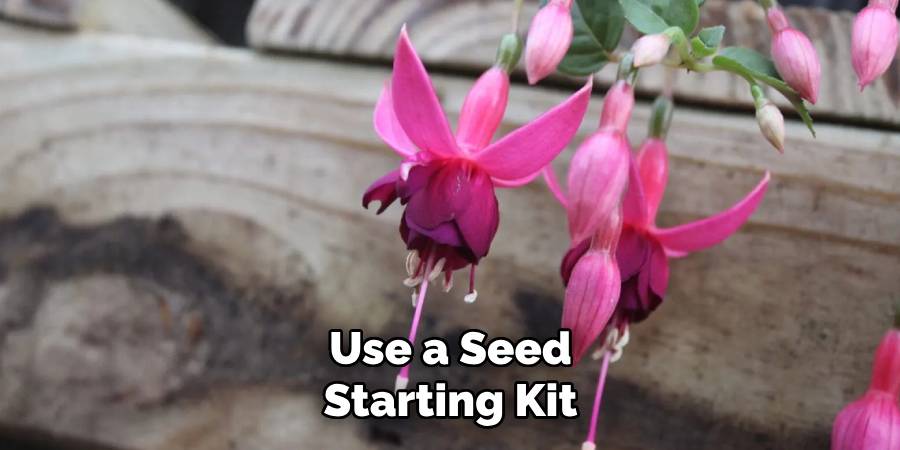
Conclusion
Growing fuchsia plants from seeds can be a rewarding and enjoyable process for gardeners of all skill levels. With a little patience, proper care, and the right setup, you can successfully germinate and nurture fuchsia plants, watching them thrive and bloom.
Whether you’re experimenting with hybrids or propagating your favorite varieties, this process offers an excellent opportunity to deepen your understanding of plant growth and cultivation. Thanks for reading this article on how to collect fuchsia seeds. Happy gardening!
About
Jennifer Branett is a distinguished figure in the world of Garden design, with a decade of expertise creating innovative and sustainable indoor solutions. His professional focus lies in merging traditional craftsmanship with modern manufacturing techniques, fostering designs that are both practical and environmentally conscious. As the author of garden, Jennifer delves into the art and science of garden-fix, inspiring artisans and industry professionals alike.
Education RMIT University
(Melbourne, Australia) Associate Degree in Design (Jennifer Branett) Focus on sustainable design, industry-driven projects, and practical craftsmanship. Gained hands-on experience with traditional and digital manufacturing tools, such as CAD and CNC software.
Nottingham Trent University
(United Kingdom) Bachelor’s in Garden and Product Design (Honors) Specialized in product design with a focus on blending creativity with production techniques. Participated in industry projects, working with companies like John Lewis and Vitsoe to gain real-world insights.Publications and Impact
In indoor, Jennifer Branett his insights on Garden design processes, materials, and strategies for efficient production. His writing bridges the gap between artisan knowledge and modern industry needs, making it a must-read for both budding designers and seasoned professionals.
